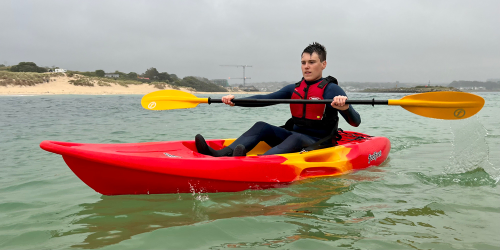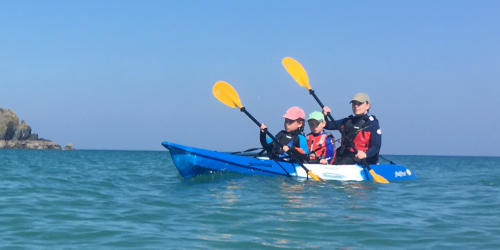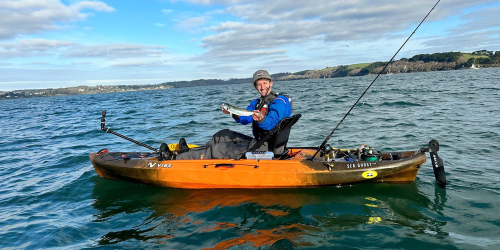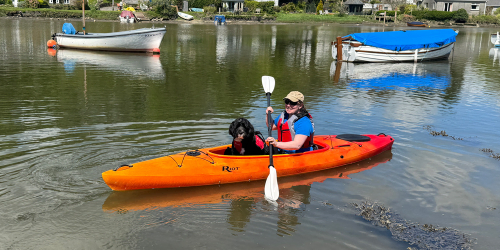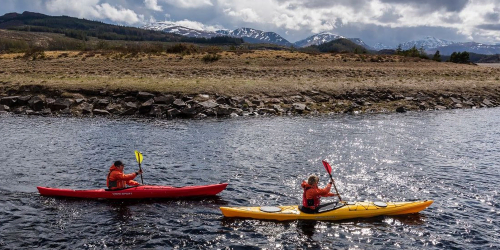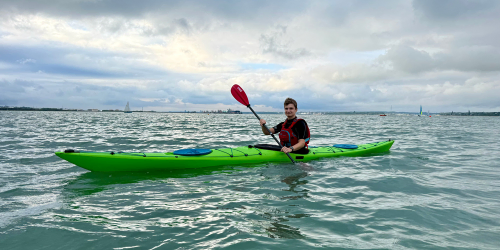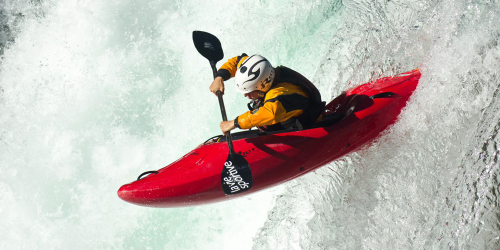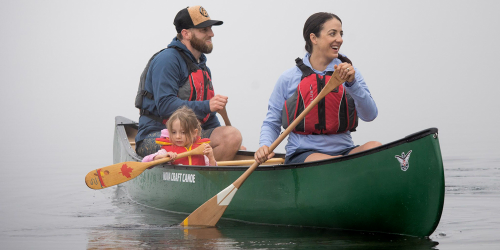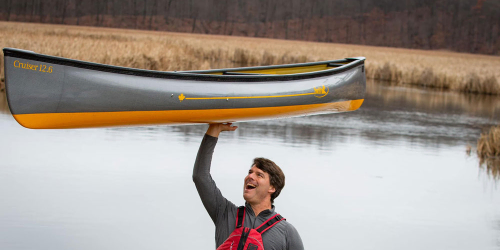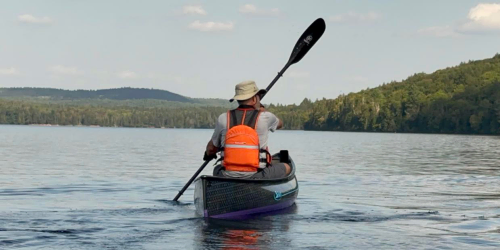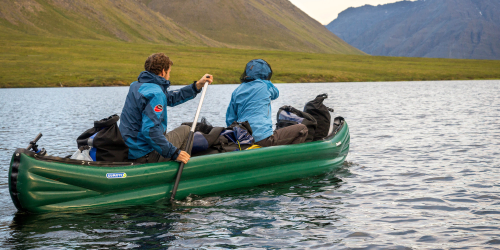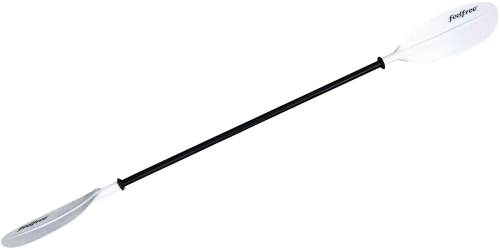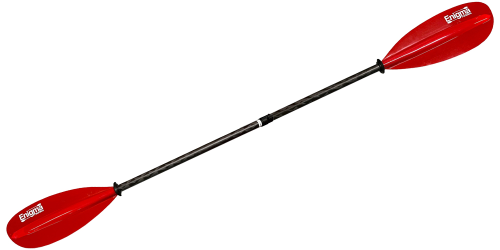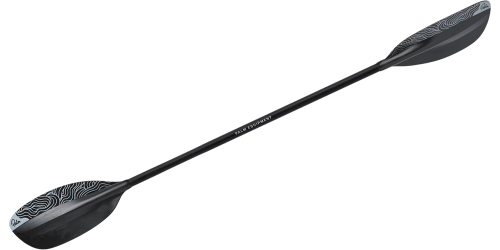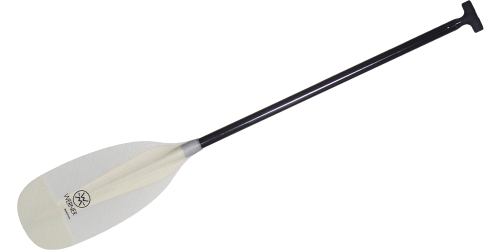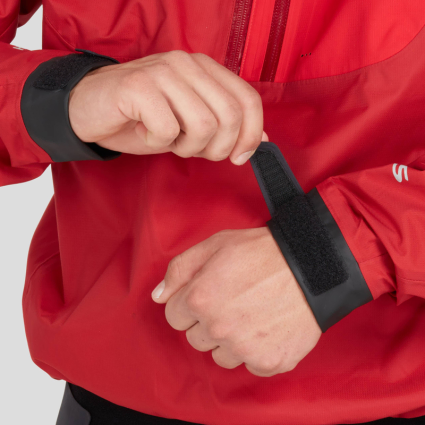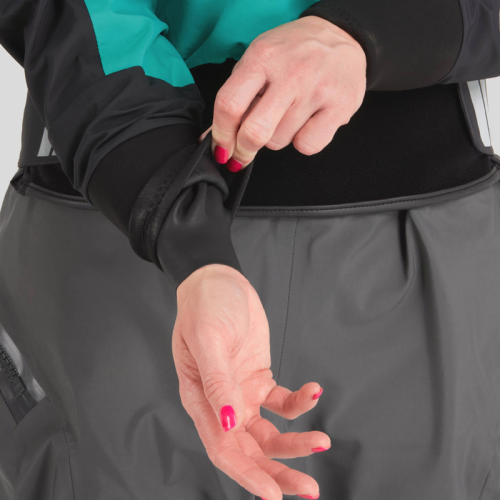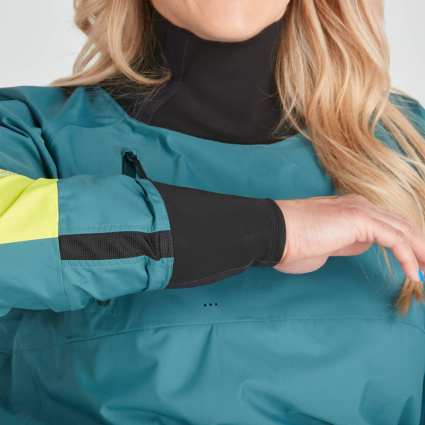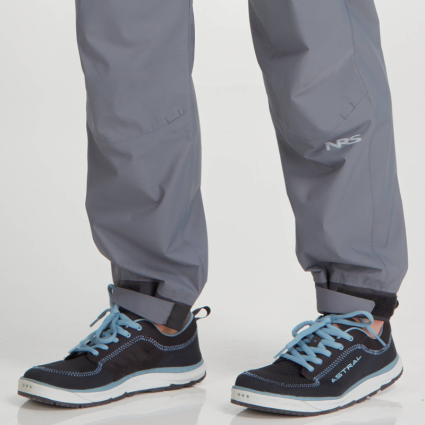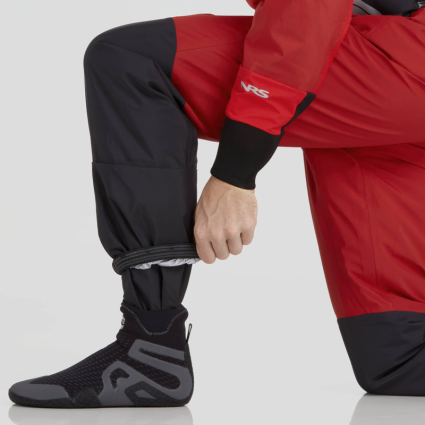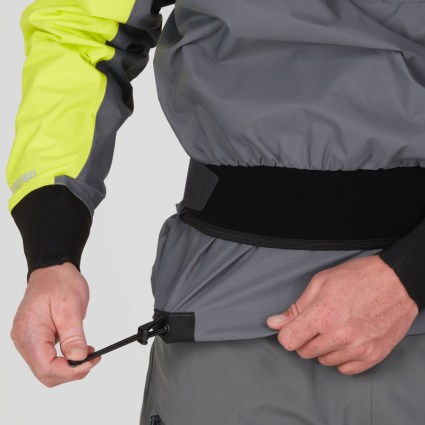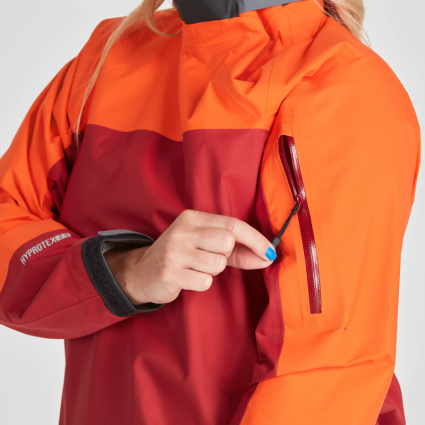New Paddler Guide
Helpful Information for Canoeing & Kayaking
If you're new to Kayaking, Canoeing, or Paddle Boarding, and would like help to find the best options for you, then look no further!
We offer expert advice, so you can take the stress out of choosing the right kayak or canoe. We'll do our best to guide you through options, and decide on the most appropriate equipment and clothing, so you can feel confident and fully prepared for your next adventure on the water!
Below you'll find information explaining the main differences between all of our canoes, kayaks, sit on tops, inflatables, and more!
Types of Kayaks
Types of Canoes
Which Type of Paddle do I Need?
The Difference between Kayak Paddles and Canoe Paddles
Paddles are usually designed to best suit a particular style of kayaking or canoeing. Knowing which length or which blade shape is best can be tricky to decide at first.
Below are some of the kayak paddles that we offer, highlighting the main options, and what to look for when choosing your paddle.
Types of Kayak Paddles
Paddles that are designed for kayaking will have a blade at both ends of the shaft. We have a large range of kayak paddles available to purchase, but we can separate them into different categories to know which ones are the most appropriate for each situation. The main options that we offer are:
- Beginner-friendly, Recreational Paddles
- Touring & Sea Kayak Paddles
- White Water Kayak Paddles
Types of Canoe Paddles
Paddles that are designed for canoeing have a single blade at one end of the shaft, and a grip at the other. Our selection of canoe paddles cover many of the most popular options, whether you're looking for your first canoe paddle, or an appropriate design for a specific situation. The main options that we offer are:
- Beginner, All-round Canoe Paddles
- Touring, Deep Water Canoe Paddles
- White Water Canoe Paddles
What Buoyancy Aid do I need?
Do I need to wear a buoyancy aid?
Buoyancy aids are recommended for your own and other’s safety when canoeing, kayaking, paddleboarding or any other paddle sports. They offer flotation when in the water, while protecting against some impacts and providing some additional warmth.
What is a PFD?
A Personal Flotation Device or PFD, is an alternative term commonly used when referring to a Buoyancy Aid.
How to choose a Buoyancy Aid
Where are you paddling?
A buoyancy aid should be appropriate for the style of water you are paddling, for example if you are paddling rapids and moving water, Whitewater Buoyancy aids come with appropriate safety features whereas Touring BAs, or more recreational aimed buoyancy aids will have options with more storage and different safety features.
Comfort & Sizing
Buoyancy aids should be comfortable, so you nearly forget you’re wearing it, and it doesn’t get in the way. Buoyancy aids come in different sizes for different size paddlers, check the fit guide for paddler weights and sizes to make sure you get the safe and best fitting option for yourself.
Features
Some buoyancy aids come with pockets for items that can get wet, such as waterproof phone cases, snacks and safety equipment. Other features found on different buoyancy aids include:
- Hydration Bladder Pocket
- Fleece lined Handwarmer Pockets
- Plier/Fishing tool pockets
- Highback to keep out the way of your kayak seat
- Rescue Features such as a knife pocket or harness
Are you paddling a kayak, canoe, or paddle board?
Most Buoyancy aids are fairly universal, however some brands have got specific options recommended for certain craft. For example, some Stand Up Paddleboard specific buoyancy aids are very slim and designed to make getting back on a board easily, while Fishing Kayaks can be better utilised with the pockets and features found on a Fishing Buoyancy aid.
What clothing do I wear on the water?
Clothing Options for Kayaking & Canoeing
Knowing what to wear for your kayak or canoeing adventure can be a bit confusing, as there are a lot of options available. Most paddlers will prefer options that provide waterproof protection combined with appropriate layering, such as a Dry Tops & Trousers or Suits paired with some comfortable thermal layers. Other paddler may prefer a more lightweight option, such as a rash vest & shorts, or a wetsuit. The most appropriate clothing choice for you will depend on the style of paddling you're doing, and when you're doing it.
It's also worth considering what to wear on your feet, hands, and head. A good pair of neoprene shoes can provide grip on wet surfaces, and comfy fit. A protective watersports helmet is an essential for white water paddling, helping to keep your head safe from impacts!
What clothing features should I look for?
Adjustable Neck & Wrist Seals
Adjustable Neck & Wrist Seals
This type of seal is the easiest to get on and off. The seals can be easily tightened to reduce water ingress, or loosened to help ventilate and keep you comfortable. Although adjustable seals are quite versatile, water can still get in if you end up capsizing.
Latex Neck & Wrist Seals
Latex Neck & Wrist Seals
Having the tightest fit, these seals prevent almost all water from getting through, even in the roughest conditions. The tighter fit does also mean that clothing with latex seals are generally harder to get on and off and can cause irritation to the skin (especially neck seals when used in salt water). It is important to remember that latex seals are quite delicate, and usually aren't covered under warranty, but they are easy to replace if needed.
Neoprene Neck & Wrist Seals
Neoprene Neck & Wrist Seals
Neoprene seals offer a good level of protection against water ingress, but they are not as dry as latex seals. Despite this, many paddlers find them more comfortable than latex and prefer how much easier it is to slide your head and hands through. Clothing options with neoprene seals are a popular choice for paddling in salt water, as the material is kinder for your skin, helping to reduce irritation, and improving comfort.
Ankle Seals
Ankle Seals
There are many options of paddlesports Splash Trousers that will utilise an ankle seal instead of a full fabric dry sock. There are also a few different styles of ankle seal, to choose from: Adjustable Ankle Seals, Neoprene Ankle Seals, and Latex Ankle Seals. Each version shares the same properties as the Neck & Wrist seals explained above, offering versatility for all situations.
Fabric Dry Socks
Fabric Dry Socks
Completely enclosing your feet in a waterproof fabric layer, dry socks are often utilised on Dry Trousers and Drysuits. They are usually taped and sewn in, fully preventing your feet from getting wet, allowing the paddler to wear warm socks inside to stay comfortable and dry. Although the material used is often fairly tough, we advise wearing a protective Neoprene Sock over the dry socks to reduce the risk of puncture from loose dirt and grit.
Twin Waists
Twin Waists
An adjustable outer waist that covers a lightweight inner waist, securing the fit for the wearer. Twin waist seals are a popular feature found on many Dry Tops, Semi Dry Tops, and Dry Suits. They are designed to be used with a spraydeck and, when layered correctly, will help prevent water from entering your cockpit around your waist in rough conditions or when rolling. The waist tube of your spraydeck should be in-between both layers of your Top or Suit.
Splash Hoods
Spray Hoods
A feature regularly found on Touring & Sea Kayaking Jackets and Drysuits, that provides a practical way to stay protected from the elements on cold and windy days. Some hoods are designed to pack away into the collar, while other options are fixed in place, and some hoods are completely removable. In most cases, the hood will have a way to adjust the volume, so you can get the best fit for your head size. This also means that a hooded jacket will often accommodate wearing a helmet.
Pockets
Storage Pockets
Zipped storage pockets are a handy feature that gives the wearer a secure place to keep small accessories. Some pockets have a water-resistant zip, but most are not waterproof, meaning that it is best to only use the pocket for items that can get wet. The pocket will usually be positioned on the sleeve or on the chest area, but some drysuits also feature pockets on the legs.
Huge Savings On 1000s Of Products!
